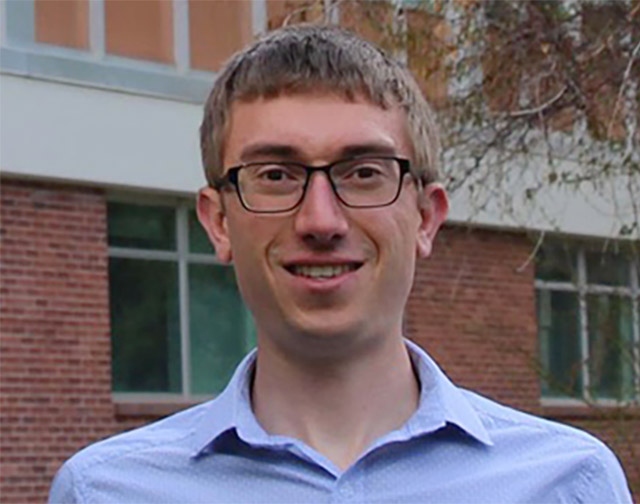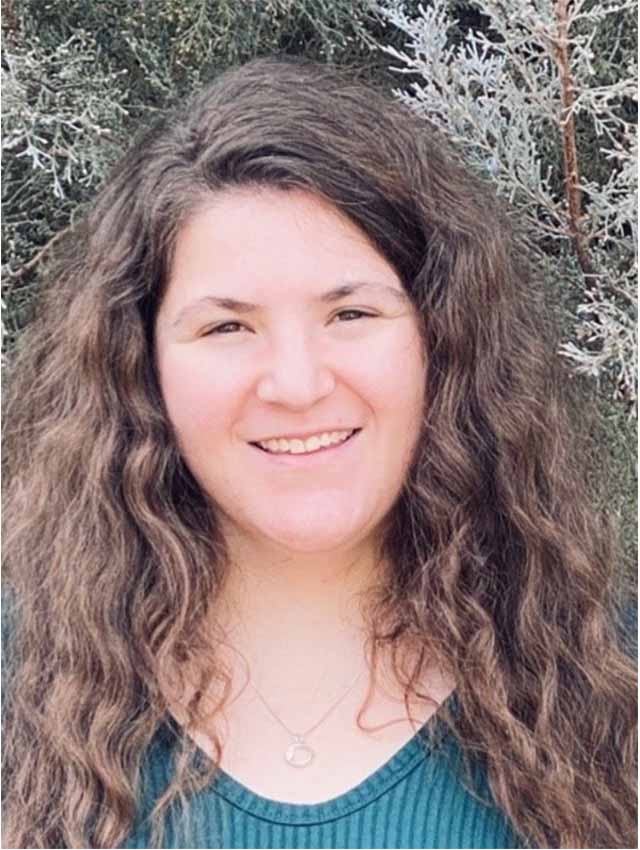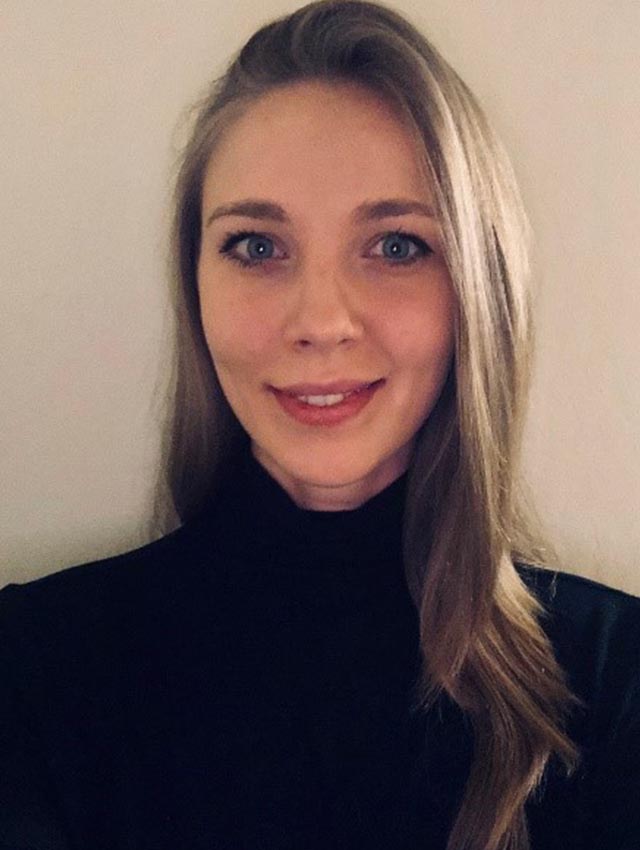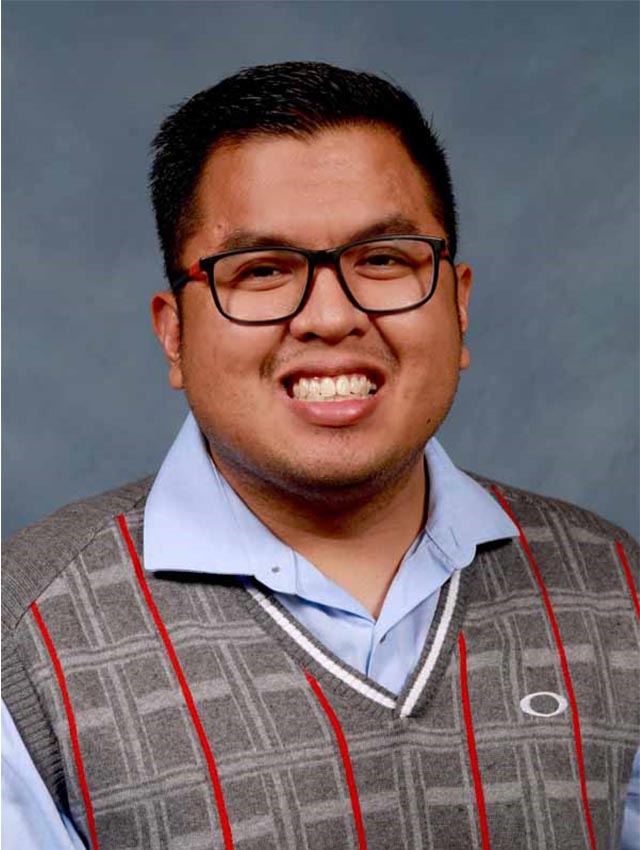Undergrad research success stories
Looking for some inspiration? Read about these student researchers.
Related links
Matthew Boog

Matthew Boog currently is pursuing a Master’s degree in Civil & Environmental Engineering with an emphasis on Transportation Engineering. He is researching how five different traffic engineering software packages optimize signal timing and looking into the features that each software package has to offer to create and manage signal timing plans. Matthew started as an undergraduate researcher doing basic signal timing tasks such as central traffic management system data extraction and traffic volume data collection. His duties gradually got more complex, leading to basic signal coordination timing development. After graduating with a Bachelor’s degree, Matthew felt he had more to learn from the program. He now is pursuing a Master’s degree with a research thesis and a complete research paper.
Madeline Carine

Madeline Carine is currently a second-year Ph.D. student in Civil & Environmental Engineering (CEE) with an emphasis on Environmental Engineering. She earned a Bachelor’s degree in environmental engineering in 2021 from the University. Madeline’s doctoral research is at the intersection between public health and engineering, focusing on virus fate and transport behaviors within water reclamation systems. As communities turn to advanced water treatment systems to address the challenges caused by a lack of precipitation and a rising water demand, it is imperative to investigate the mechanisms that drive virus removal and develop methods for quantifying those mechanisms to prevent public exposure to pathogens. Currently, Madeline is working to develop equations to estimate viral decay during wastewater treatment processes. This project utilizes the Severe Acute Respiratory Syndrome Coronavirus-2 (SARS-Cov-2), credited with causing the Coronavirus Disease 2019 (COVID-19) pandemic, as a model virus. Madeline’s future work includes investigating indigenous indicator viruses’ biological diversity and suitability to estimate viral degradations during water reclamation processes.
As an undergraduate, Madeline worked as a research assistant with Dr. Krishna Pagilla, where her work focused on monitoring wastewater within the Truckee Meadows for SARS-CoV-2 genetic markers. Through this experience, she saw the importance of research and academic expertise in problem solving. Specifically, working with local wastewater facilities and public works allowed her to learn about wastewater treatment plants and sewer networks, how they resource (staff) and operate and where they may have challenges. Participating in research as an undergraduate taught Madeline the value of research and practical applications to continue managing water as a precious resource, and inspired her to pursue her Ph.D. at the University.
Milana Cimesa

Milana Cimesa is Ph.D. candidate in her third year in Civil & Environmental Engineering with an emphasis on Structural Engineering. Milana’s doctoral research study investigates how multi-scale fibers combined with confinement effects from conventional transverse reinforcement affect the structural behavior and design of ultra-high performance concrete (UHPC) columns. Her specific research goal is to provide analytical tools and design guidance for UHPC columns that can be adopted by future codes and standards. Such analysis and design tools will help establish a holistic design paradigm that fully utilizes the benefits of advanced UHPC material and can then be used by practicing structural engineers to realize new systems. Milana’s current research comprises several phases that include experimental testing and analytical methods applied at both materials and structural scales.
Milana’s passion for concrete structures design and research started during her early undergraduate studies in her home country, Serbia, and grew significantly when she moved to the United States and transferred to the University. Milana started graduate courses in the concrete area (such as Advanced Reinforced Concrete) when she was still in her senior year. At that same time, she joined Dr. Moustafa’s research group as an undergraduate researcher and assisted two Ph.D. students on different UHPC projects. That experience was a turning point in Milana understanding the benefits of emerging concrete research for our future structures and next-generation infrastructure systems. As such, she was inspired pursue here Ph.D. at the University.
Allan Joseph Romero

Allan Joseph Romero is currently pursuing a Ph.D. in Civil & Environmental Engineering with an emphasis on Structural Engineering. His current research focuses on experimental testing of large-scale structures using semi-proprietary ultra-high performance concrete (UHPC). His goal is to incorporate locally sourced materials and recycled fibers in UHPC to reduce the cost of UHPC production on large-scale applications. His future work involves the use of recycled fibers in seismic accelerated bridge construction (ABC) connections. His doctoral research is divided into several tasks, one of which is a first-time collaboration between the University and Con-Fab, a leading precast concrete producer in California, to upscale the production of this new generation of UHPC. In addition, Allan will perform several shake table and quasi-static tests of precast UHPC columns with ABC connections at the University’s world-renown Earthquake Engineering Laboratory. The results of this research could develop new sets of design code provisions for sustainable UHPC.
As an undergraduate student, Allan always wanted to learn more and he involved himself in challenging tasks. Through the help of Dr. Mohamed Moustafa, Allan’s undergraduate and graduate advisor, he got first-hand exposure to earthquake engineering and experimental research. Allan got involved in several projects including helping with instrumentation under the supervision of Dr. Ian Buckle. After After Allan finished his undergraduate degree, he was able to lead his own shake table testing through a funded Nevada Department of Transportation (NDOT) project, which will soon be published as his first journal paper. According to Allan, involving himself in undergraduate research had opened a lot of opportunities to him, and he is now hopeful that his doctoral research can contribute towards the future of robust and sustainable concrete materials.